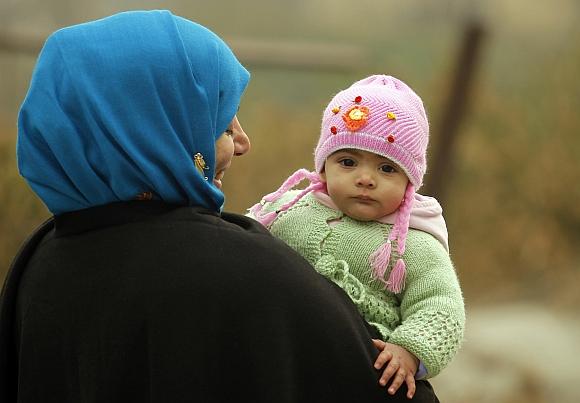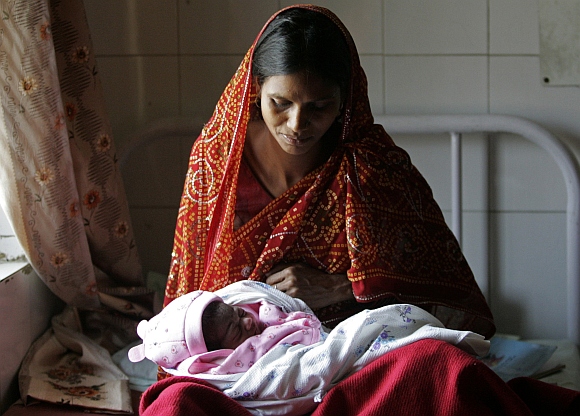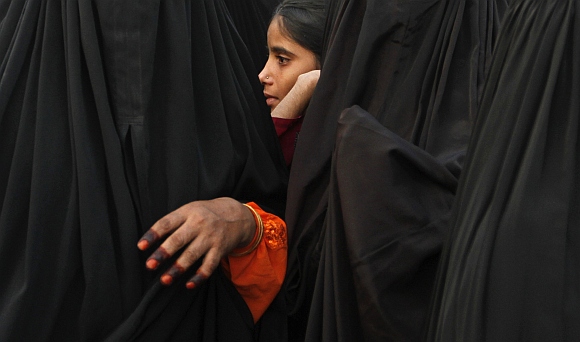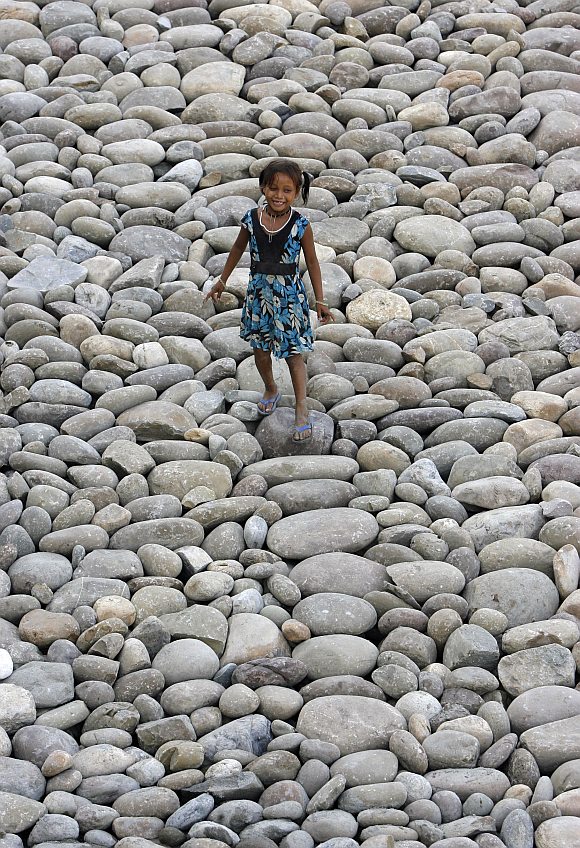 | « Back to article | Print this article |
It is risky to be born a girl in India: UN Report
According to newly-released data by the United Nations, India is the most dangerous place in the world for a girl child. According to the report, a girl child aged between 1-5 years is 75 per cent more likely to die than a boy of the same age.
According to the report, China and India were the only two countries in the world where female infant mortality was higher than male infant mortality in the 2000s.
Among infants under age 1, girls continue to have the advantage in survival in all countries apart from China and India. The report says.
Click NEXT to read further...
It is risky to be born a girl in India: UN Report
Girl newborns enjoy a genetic and biological advantage in survival over boy newborns due to a lesser vulnerability to perinatal conditions (including birth trauma, intrauterine hypoxia and birth asphyxia, prematurity, respiratory distress syndrome and neonatal tetanus), congenital anomalies, and infectious diseases including intestinal infections and lower respiratory infections.
However, beyond early infancy, girls do not enjoy the same advantage in relation to certain infectious diseases, which are the primary causes of death in later infancy and early childhood when overall mortality is high.
The female mortality disadvantage in India begins slightly later and extends through the early childhood years.
Click NEXT to read further...
It is risky to be born a girl in India: UN Report
According to the report, parts of India are characterised by a strict patrilineal family organisation, where girls are married outside of their family, often at considerable cost to their parents, and subsequently have little contact with their natal family.
Adult sons, on the other hand, are expected to provide support to their parents. In this environment, sons are far more highly prized than daughters.
The report says that there is little incentive for parents to invest in daughters who will leave the family, although there is debate about whether the outcome is conscious discrimination against daughters by parents, or cultural beliefs and practices that perpetuate female disadvantage.
Click NEXT to read further...
It is risky to be born a girl in India: UN Report
A key finding of many analyses carried out for India is that disadvantaging treatment does not affect all girls equally. In particular, girls with older sisters are especially disadvantaged.
While some analysts point to signs that son preference may be declining in India and suggest that this may lead to turnarounds in the sex ratio at birth and in sex ratios of child mortality, a recent profile of youth in India based on the 2005-2006 National Family Health Survey shows that son preference remains strong among young people in India.
In recent decades, excess female child mortality has been highest in the north and north-central regions of India, but evidence of excess female child mortality has been found at the state level in all major states of India in at least one of the NFHS rounds.
Click NEXT to read further...
It is risky to be born a girl in India: UN Report
Sex differences in vaccinations explained between 20 per cent and 30 per cent of excess female mortality at ages 1-4, malnutrition accounted for an additional 20 per cent, and differences in treatment for illness played a smaller role.
However, only the estimate for vaccinations was based on individual-level data from India that tied the survival status of children to their vaccination status.
India has put into place a number of policies to address son preference and daughter discrimination.
However, analysts suggest that while the policies show that the government understands the structural issues leading to son preference, their impact is limited by uneven implementation at the state or local level and certain weaknesses in design.
For example, conditional cash transfer schemes apply only to a certain number of girls in the family, thus excluding the most vulnerable girls, those with several older sisters.





